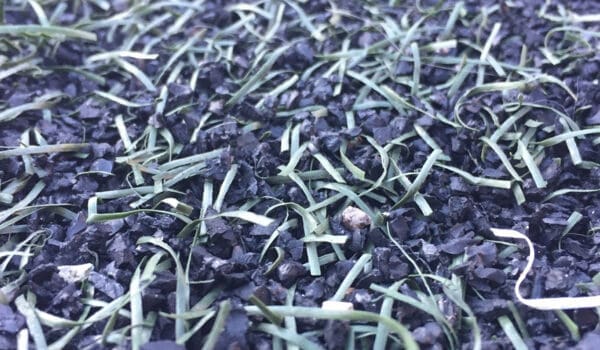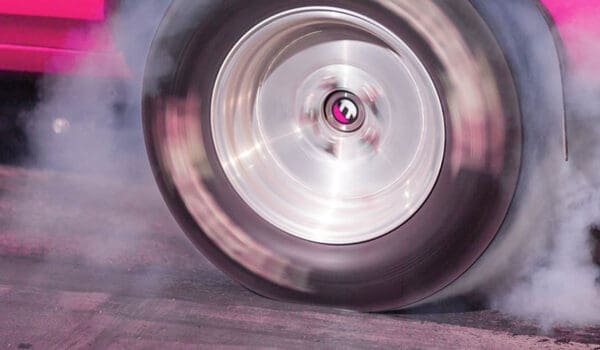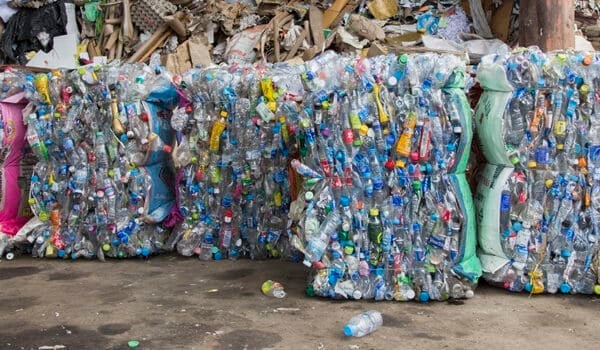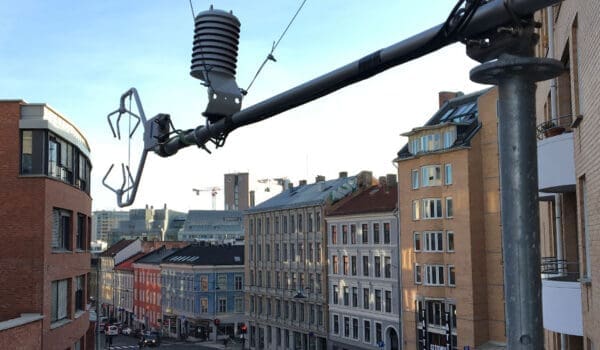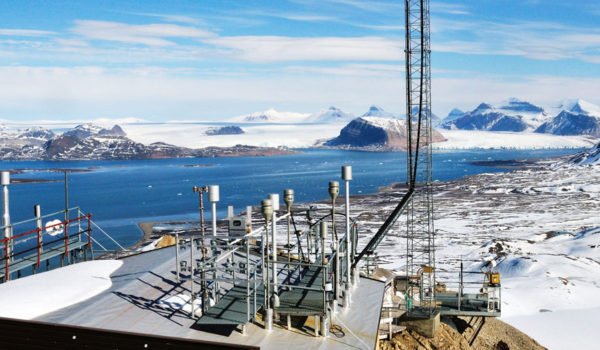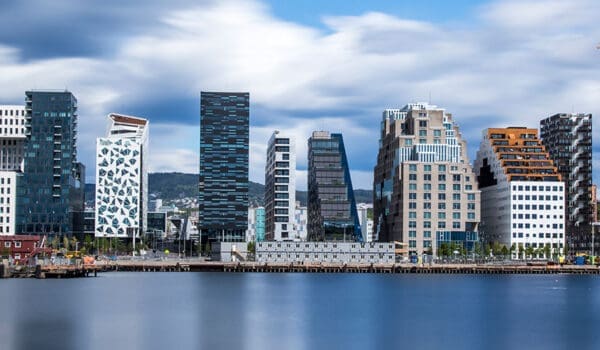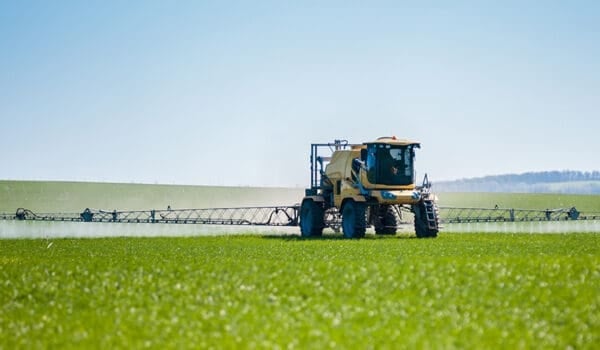
Rising nitrous oxide emissions jeopardize climate goals
Nitrous oxide (N2O) is a greenhouse gas 300 times more potent than carbon dioxide and remains in the atmosphere for more than 100 years. A growing use of nitrogen fertilizers in food production is increasing concentrations of N2O in the atmosphere. If left unabated, it will require far larger reductions in CO2 emissions than otherwise in order to be on track for limiting global warming to less than 2°C above pre-industrial levels.

